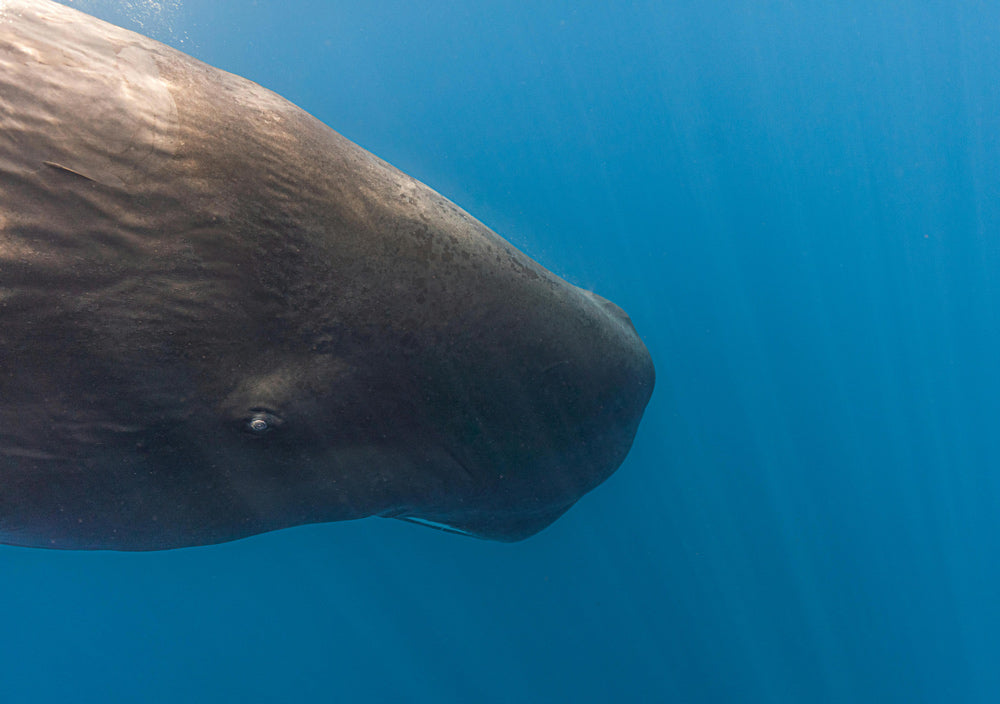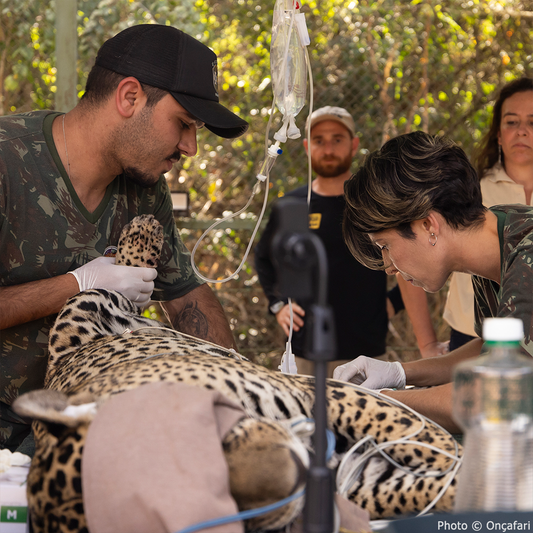Sperm Whales May Be Talking Just Like Us — Discoveries Hint at Complex Underwater Language
Matthew Russell
Pexels
Researchers have made a groundbreaking discovery in the study of sperm whales, revealing a complex system of communication that resembles a phonetic alphabet.
This new insight suggests that these marine giants could be communicating in ways that parallel human language, adding a profound layer to our understanding of non-human communication systems.
 Photo: Pexels
Photo: PexelsSperm whales use a complex system of clicks known as codas for communication.
Decoding the Whale 'Alphabet'
A recent study led by Massachusetts Institute of Technology (MIT) researchers has identified a wide array of distinct click patterns, or "codas," used by sperm whales. These patterns are not random but show a level of sophistication that suggests a structured, complex form of communication, NPR reports.
The research, conducted as part of Project CETI (Cetacean Translation Initiative), utilized advanced machine learning techniques to analyze over 9,000 recordings of sperm whale sounds. The findings revealed that sperm whales use a large variety of clicks, varying in tempo and rhythm, which can be seen as the building blocks of their language, reports the New York Times.
 Photo: Pexels
Photo: PexelsResearchers have identified over 156 distinct codas in sperm whale communication.
Insights from Long-Term Observations
Scientists have long studied sperm whale populations, particularly around the Caribbean island of Dominica. Shane Gero, a biologist involved with the Dominica Sperm Whale Project, noted that these whales form tight-knit family groups, exhibiting behavior and communication patterns that are eerily reminiscent of human interactions.
"It's hard not to see cousins playing while chatting," Gero, who also works on Project CETI, told National Geographic. "To not see moms hand over to a babysitter and exchange a few words before walking out the door, so to speak, to go eat in the deep ocean."
The complexity observed in these vocal exchanges suggests that each coda could carry specific meanings, dependent on the social situations or environmental contexts. These could range from simple notifications of presence to more complex expressions related to social relationships and environmental cues, ABC News reports.
 Photo: Pexels
Photo: PexelsMachine learning has helped scientists decipher these codas in greater detail.
Challenges in Whale Communication Research
Despite these advances, decoding the exact meanings of the codas remains a significant challenge. As the New York Times reports, he context in which these codas are used is critical, and without understanding the situational contexts, researchers might misinterpret what the codas signify.
Furthermore, the application of human linguistic frameworks to animal communications could be limiting. Experts caution against drawing too direct a comparison between human and sperm whale communication systems, National Geographic reports. The structural elements of whale communication are there, but their exact meanings and functions are still largely unknown.
 Photo: Pexels
Photo: PexelsThe structure of sperm whale codas suggests a sophisticated form of language.
Implications for Conservation and Understanding
The discovery of this complex whale 'alphabet' not only opens new avenues in the field of animal linguistics but also has significant implications for conservation efforts. As NPR reports, understanding how sperm whales communicate is crucial in understanding their behavior, social structure, and ecology, which are all vital for effective conservation strategies.
Additionally, this research enriches our understanding of intelligence and social complexity in non-human species. It prompts a broader reflection on the evolutionary origins of language and communication across different life forms on our planet.
Looking Forward
The exploration of sperm whale communication is a vibrant field that challenges our perceptions of non-human intelligence and social complexity.
As we continue to decipher their phonetic 'alphabet,' we not only uncover the secrets of the deep sea but also pave the way for future interactions between humans and one of the ocean's most iconic inhabitants.
Matthew Russell is a West Michigan native and with a background in journalism, data analysis, cartography and design thinking. He likes to learn new things and solve old problems whenever possible, and enjoys bicycling, spending time with his daughters, and coffee.




















